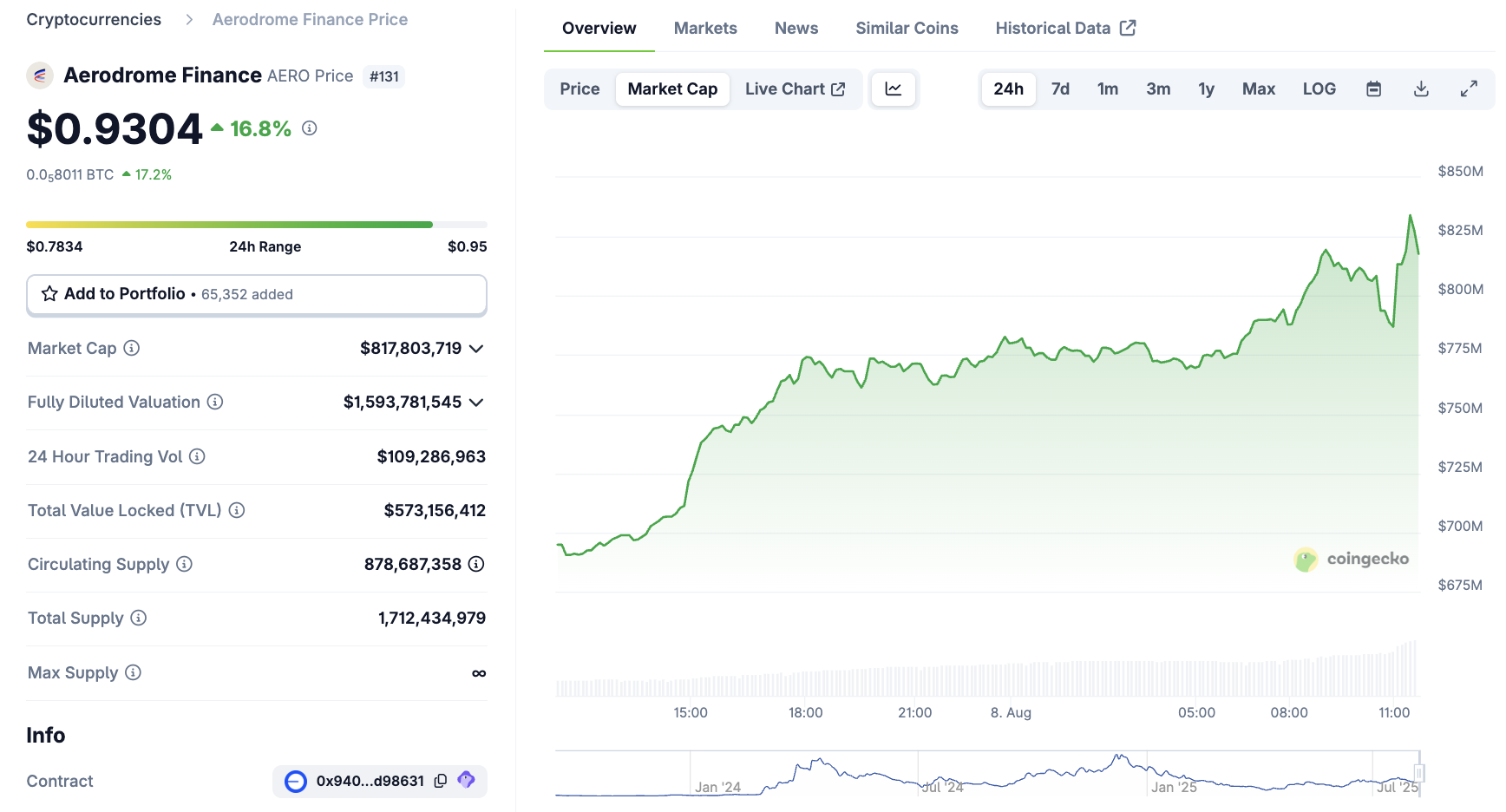
Pi Network has been a part of active discussion in the crypto community even before its token launch and price rallies. However, the attention escalated with the launch, as investors and traders eyed it as the potential coin due to its hype, major exchange listing, and deflationary activities. With the conjunction of hype and bullish factors, investors anticipate Pi Coin price hitting $10, especially as the Elon Musk parody account promotes the token with a significant giveaway. Is a $10 target possible? Let’s discuss this.
Pi Network Price Surge 15% With Building Bullish Momentum
Pi Coin is among the most bullish tokens due to the broader crypto market recovery past the US CPI data release. The Pi Network price has surged to a many days’ high of $1.78 earlier in the day, booming more than 15%.
As it currently stands at $1.70, following an uptrend, the target of $2.98 (ATH) seems achievable, especially with the rising trading volume and open interest data. According to CoinmarketCap, the 24-hour trading volume has surged 131.39% to $961M, showing building investor confidence amidst the Pi Day uptrend.

Why is the Pi Network Price Surging Today?
The Pi Day or the KYC deadline and Mainnet Migration is set for March 14, 2025, which has created a sense of urgency among investors, resulting in high network activity. This is because investors with unverified KYC would lose all their holdings. In addition, there is intense speculation that the popular cryptocurrency exchange, Binance, will list the Pi Network coin, fueling its price.
Last but not least, there is strong market participation due to its performance and growing utility. It has an active user base of 65M and over 100 decentralized apps, breaking key resistance levels. With that, analysts predict potential rallies to $5 and $10 higher in the coming weeks. Interestingly, the crypto influencer promotions and support are also fueling this rally.
Can Pi Coin Price Reach $10 Amid Parody Elon Musk Account’s Giveaway?
The famous parody Elon Musk account also supports the Pi Coin and did not step back from benefitting from this token’s hype. In the recent X post, the account holder has announced to send $500 in PI to 20 people who will like the post and follow the account, building engagement among the community.
A screenshot of the portfolio shows that the person holds 2134877 PI, equivalent to $3.6M. More importantly, it displayed that the person has nearly 100% returns on the Pi Coin token, boosting investor confidence higher.

However, as the token has not had a rally close to $10, various bullish factors must be supported for this to happen. If Pi Network price continues to break resistance and maintain a high trading volume, it can get to new highs.
In addition, the exchange listing and increased adoption could introduce additional bullishness. However, the token unlocks and allegations of scams could introduce selling pressure.
Technical Analysis: Is a $10 Rally Really Possible?
Various crypto analysts have presented Pi Network price predictions and strong trust in the token for a bullish uptrend. One with the Twitter handle Crypto King claims that the Pi Coin could break its ATHs if it follows a certain price structure. On a long-term goal, the individual claims the token can achieve $10. However, the team must have actual utility as, without that, it could fall to a low of $1.
I can be wrong, and I don’t own any $PI, but looking at the price movements, if $PI pulls this chart, it’s breaking ATH. Honestly, it would takes years to do that only if Pi Core Team is legit adding some utility. If not, $PI will head straight to sub 1$.

Another analyst, Coinvo, has a similar take based on the Fibonacci retracement zone. According to him, PI is at the key zone, which often signals a strong bounce. With that, he predicted a parabolic move upward, but this target is also for the long term and fueled by the exchange listings, utility, and other bullish factors.
It looks like $PI is ready to go parabolic from this Fibonacci zone!

As a result, the Pi Network price rising to $10 in the short term is highly unlikely, even with a parody Elon Musk endorsement. However, a catalyst like a Crypto Reserve formation or bull rally can make this happen in the most optimistic scenario.
The post Can Pi Network Price Hit $10 as Parody Elon Musk Account Shills Pi Coin Giveaway? appeared first on CoinGape.




 NEW: The “big three” banking regulators —
NEW: The “big three” banking regulators — 







